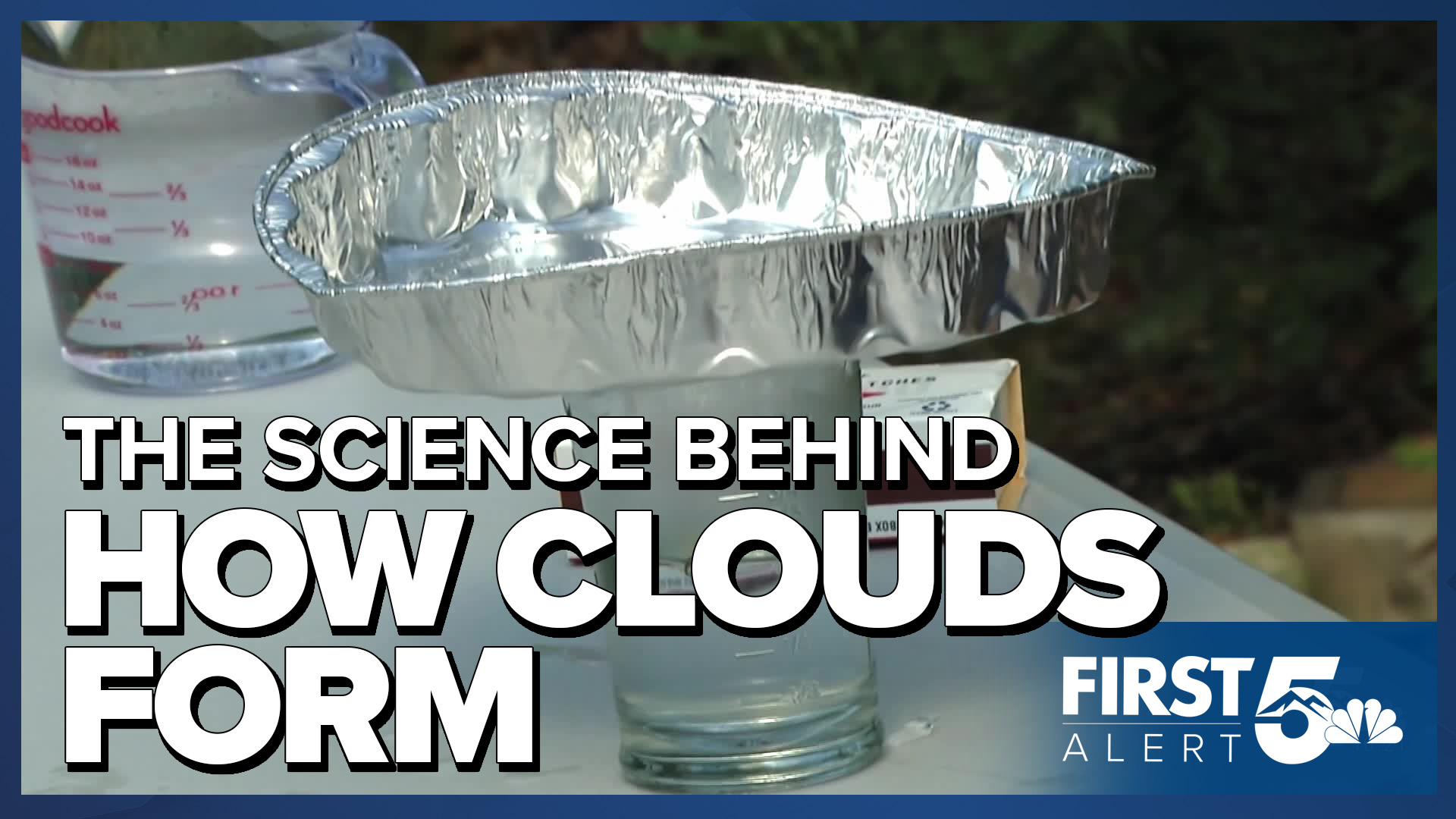How to make a cloud in a jar: The science behind cloud formation explained
Have you ever looked up at the clouds in the sky and wondered how they form? Understanding cloud formation is really important for studying weather patterns and making accurate forecasts. Those clouds can help plan your day - they determine whether you'll get rain, shade from the sun, and how hot the air temperature will get.
With some simple materials, you can create a small-scale model of the atmosphere to observe condensation firsthand. It's a really cool process that demonstrates the same principles that create the clouds we see overhead every day.
What you'll need for this experiment:
- A glass bottle or mason jar with a wide opening
- Matches
- A foil pie pan
- A stirring stick or spoon
- A measuring cup with water
- A way to heat the water
- Ice cubes
Since this experiment involves a match, I suggest doing it outside in an open, well-ventilated area away from any flammable materials.
Creating your cloud in a jar:
Start by filling your pie dish with ice cubes. This simulates the cold upper atmosphere where clouds form.
Next, heat up some water until it's steaming but not boiling. When we heat water, we give it extra energy that turns it into steam or water vapor. This mimics how the sun heats up the Earth's surface and creates water vapor in the atmosphere.
Pour the warm water into the glass jar. You should be able to see steam rising from the jar.
Now cover the jar with the cold pie pan. Make sure the bottom of the pan is cold to the touch first - that's important!
At this point, you might notice that nothing happens. That's because we're missing a crucial piece of the puzzle.
Let's try again. Empty the jar and add fresh warm water. This time, light a match, let it burn for a moment, then drop it into the jar. Quickly cover the jar with the ice-filled pie pan again.
Now you should see a cloud forming inside the jar. The smoke particles from the match gave the water vapor something to hold onto. These small particles are called cloud condensation nuclei.
Without these little particles in the air, we can't form a cloud. That's what was missing in our first attempt.
Just like in the real atmosphere, we also need to cool the air to get it to reach 100% relative humidity, allowing the water vapor to condense. When we put the ice tray on top of the jar, we're cooling the air near the top. As the water vapor rises to the top of the jar, it cools down and forms our little cloud - as long as we've got those particles for it to cling to.
How clouds form in nature
This is exactly how clouds form in the real atmosphere. Warm, moist air rises, cools, and condenses onto tiny particles like smoke, dust, even sea salt, which creates the clouds we see in the sky.
So the next time you're looking up at the clouds, remember they're the result of a delicate balance of temperature, moisture, and tiny particles in the atmosphere.
This story was reported on-air by a journalist and has been converted to this platform with the assistance of AI. Our editorial team verifies all reporting on all platforms for fairness and accuracy.
____
Have a question or story idea you would like the First Alert 5 Weather team to consider? Email: weather@koaa.com
Watch KOAA News5 on your time, anytime with our free streaming app available for your Roku, FireTV, AppleTV and Android TV. Just search KOAA News5, download and start watching.





